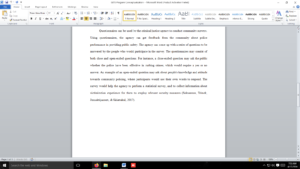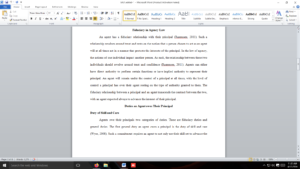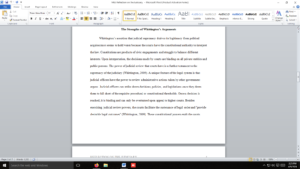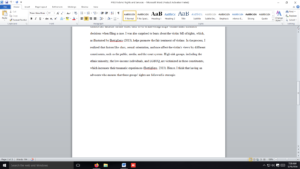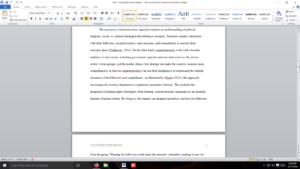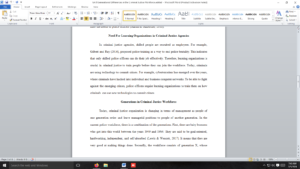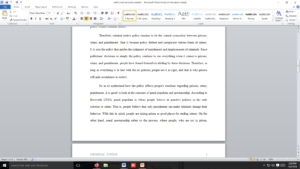Able Demolition vs. City of Pontiac
• Learner will evaluate how contracts are assigned to third parties.
• Learner will explain the remedies following a breach of contract.
Using the Blog Rubric listed below for the specific grading criteria, complete the following:
Read through the excerpts from the decision of the Michigan Court of Appeals in Able Demolition v. City of Pontiac. After reading and thinking about the Court’s decision, answer the following questions:
• In your opinion, was the result reached by the courts “fair” in this case? Would you have ruled the same way as the trial judge and the appellate courts in this case? Why or why not? Explain your answers thoroughly.
• How do you think Able got itself in this mess? Do you think it just ignored the requirements of the contract, or was something else at play? If you think something other than ignorance must have been involved, what was it?
Support your thoughts using a minimum of two academic, peer-reviewed sources (outside the textbook). Websites such as Wikipedia, LegalZoom, LegalMatch, Nolo, etc. do NOT count as academic sources. A good place to start is the Davenport University Library. Substantial blog entries should contain at least 1200 words.
Answer preview
Able Demolition agreed with the city of Pontiac, to engage in some demolition in the town. One of the terms of the contract was that the company had to obtain a “Letter to Proceed” from the city’s legal department before commencing any demolition (Able Demolition vs. City of Pontiac, 2007). However, Able Demolition failed to obtain such approval before bringing down buildings. According to the dictates of the contract, the city of Pontiac refused to render payments for the company’s services. The company felt aggrieved and approached the court to seek restitution for the breach of contract. The judges adjudicating over the matter sided with the respondents, the city of Pontiac. The decision made by the court was fair and in accordance with numerous precedents concerning breach of contracts.
[1344 Words]
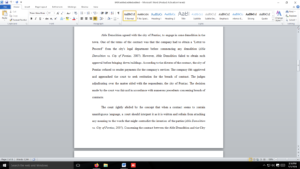
Able Demolition vs. City of Pontiac


